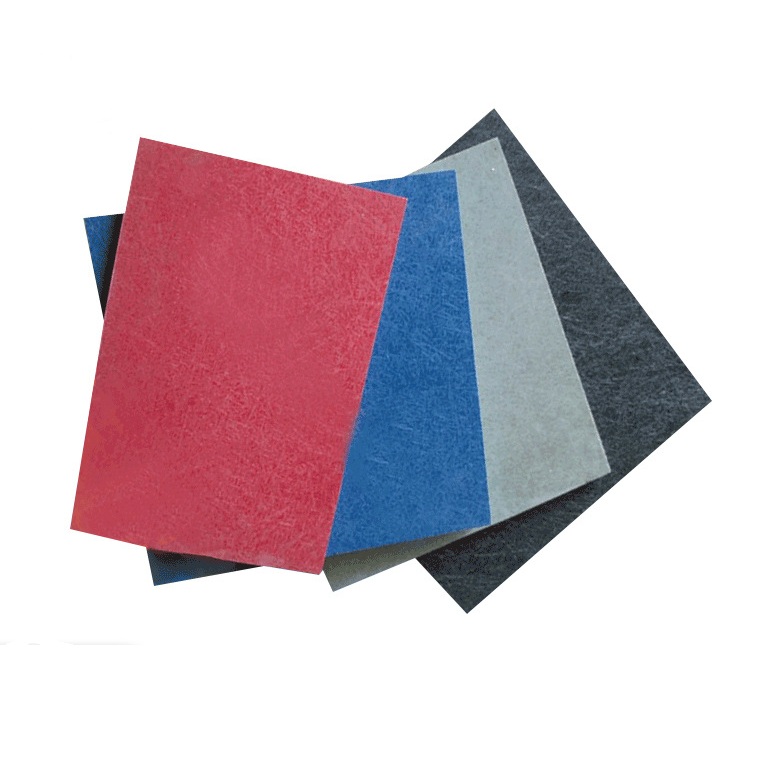In the fields of power transmission, electronic devices, and industrial manufacturing, insulating products are core components that prevent current leakage and ensure the safe operation of equipment. Their performance directly affects system stability, and material selection is a key factor in determining the functionality of insulating products. This article will analyze the material composition and application scenarios of common insulating products starting from four major categories of mainstream insulating materials.

Inorganic materials represented by ceramics, glass, and mica are the preferred choice for traditional insulating products due to their excellent heat resistance and insulation properties. Ceramic insulating materials (such as alumina ceramics) can withstand temperatures above 1200°C and are commonly used in high-voltage insulators and the bases of electric heating equipment. Insulating cloth and boards made from glass fibers after weaving and impregnation with resin have both mechanical strength and insulation performance and are widely used in motor slot insulation and transformer partitions. Mica, with its high temperature resistance (600-800°C) and high insulation resistance, is often used in the form of mica tape and mica boards for generator winding insulation.
Organic materials such as plastics and rubbers, with their processing flexibility and cost advantages, dominate the low-voltage insulation market. Insulation wire sheaths made from polyethylene (PE) and polyvinyl chloride (PVC) are weather-resistant and easy to form, suitable for household cables. Silicone rubber, due to its resistance to high and low temperatures (-60°C to 200°C) and aging, is often used in high-voltage cable accessories and insulator sheaths. In addition, insulating potting compounds made from epoxy resin with added fillers form solid barriers with high insulation strength after curing and are commonly used for sealing and protecting electronic components.
To meet multiple performance requirements, composite insulating materials achieve performance upgrades through organic-inorganic composite processes. For example, FR-4 boards made from the combination of glass fibers and epoxy resin have high insulation, low moisture absorption, and mechanical strength, making them the core substrate for printed circuit boards (PCBs). DMD insulating paper, made from the combination of polyester film and fiber paper, meets both voltage resistance and wear resistance requirements in motor windings. By optimizing formulations, these materials can be used in scenarios with strict space and performance requirements, such as in rail transit and new energy vehicles.
With the development of new energy and high-frequency electronic technologies, new insulating materials are constantly emerging. Nano-ceramic modified insulating coatings, enhanced by nano-sized alumina and silica particles, increase the insulation strength of the coating by more than 30% and are suitable for high-frequency motor stator insulation. Aerogel insulating felt, with its nano-porous structure, achieves an ultra-low thermal conductivity (<0.02 W/m·K) and serves as both an insulator and heat insulator in energy storage battery compartments and high-temperature cables. Additionally, graphene-modified polymer materials, with their excellent electrical and mechanical properties, are gradually being applied in the heat dissipation and insulation of high-power devices.
From traditional ceramics to nanocomposites, the material innovation of insulating products always focuses on "safety, efficiency, and durability". When selecting materials, enterprises need to comprehensively consider parameters such as working voltage, temperature environment, and mechanical stress. The continuous iteration of new materials will also provide more solid technical support for the miniaturization and high-power of electrical equipment.